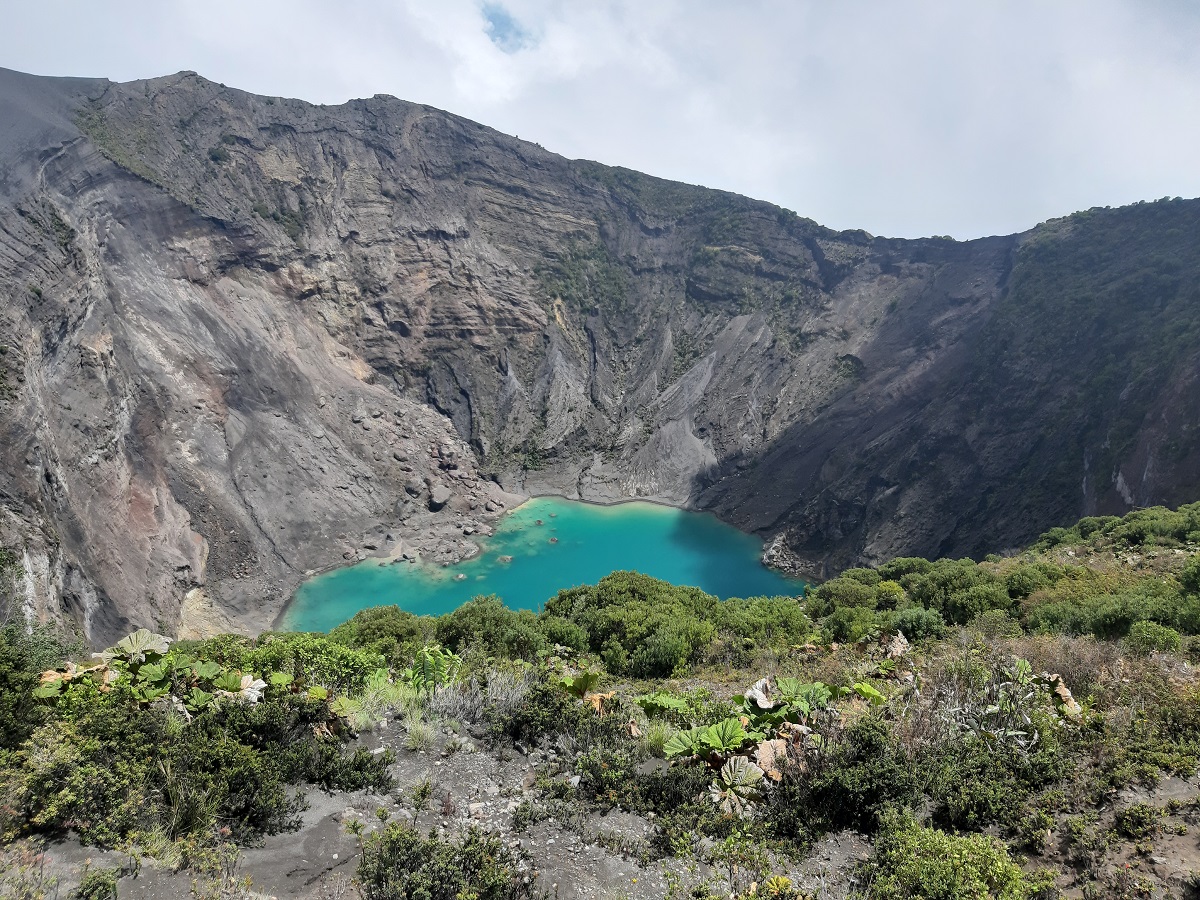
Costa Rica’s Most Spectacular Volcanoes
Active, dormant or extinct, Costa Rica has a considerable number of volcanoes for such a small territory (more than twenty volcanoes). Fruit of the meeting between the tectonic plates of Coco and the Caribbean, they are as diverse as they are magnificent. The country is surely one of the best countries in the world for lovers of geology and these giants of nature. But as many volcanoes in Costa Rica are active, it is advisable to inquire beforehand if there are no restrictions for its visit. Fortunately, Costa Rica has very competent institutions in this field, and the RSN (national seismology network) monitors and warns the population regularly and quickly of the possible dangers linked to the risk of eruptions. Here is our selection of the most beautiful volcanoes to visit in Costa Rica in 2022:
1 POAS: the Poas volcano, located above Alajuela in the central valley, is a real awakened colossus. Culminating at 2,400 meters above sea level, its enormous crater, one of the largest in the world, is sometimes hidden in a mysterious fog. When it reveals itself, it is an incredible spectacle that presents itself to the eyes, from a turquoise lake with smoking walls, the scene is Dantesque. Easy to access from the airport, it is a must in Costa Rica!

2 IRAZU: from its 3,432 meters above sea level, the Irazu volcano is the highest volcano in the country. Located above the city of Cartago, in the center of the country, you can see the two oceans and a large part of the Costa Rican territory from its summit. It is easily accessible by car. It is characterized by its magnificent lake of clear blue water at the bottom of a conical crater, less often hidden in the clouds than the Poas. Just like the latter, do not hesitate to eat some strawberries (with cream of course!) which grow on the slopes of the volcano, a specialty of the region…
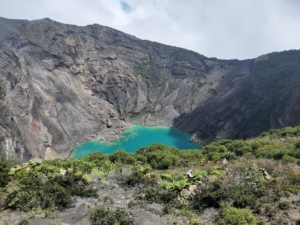
3 ARENAL: Perhaps Costa Rica’s best-known volcano, due to the many natural wonders that attract tourists from around the world to the area of the ‘mosquito-bite’ shaped volcano, emerging from the landscape as a an almost perfect cone 1650 meters high. The region is known for its virgin forests, its waterfalls but above all its thermal waters which find their sources in the bowels of the volcano. Located in the center of the country, it is a classic not to be missed on your circuit between the Caribbean and the Pacific.

4 TENORIO: more than for its very difficult to access crater, the Tenorio volcano is best known for its incredible river, the ‘río Celeste’. First descending from the slopes of the volcano with crystal clear waters, this river then goes through rare processes of mixing minerals which then give it its famous intense turquoise blue color. The paths of the park will take you through the most beautiful stages of the river: the site where the water takes on its color (“Teñidero”), the small lake and of course the spectacular waterfall. We strongly recommend it if you go to the Guanacaste region.
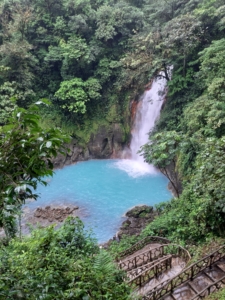
5 RINCON DE LA VIEJA: the other geological marvel of the Guanacaste region. Unlike most of the other volcanoes in the country located in a humid zone, the ‘Rincon de la Vieja’ is located in a dry tropical region. Its vegetation therefore gives it a particular aspect, with the most striking example of its strangler ficus giving the place a magical atmosphere. But it is above all for its bubbling hot springs that the site attracts attention. Dozens of springs of various colors and temperatures offer him a surreal landscape. A destination to visit if you go to the beautiful beaches of the north country

6 CERRO TORTUGUERO: from the village of Tortuguero, it appears as a hill with exuberant tropical vegetation. But it is indeed an extinct volcano that rises in front of the Caribbean Sea. If you go to Tortuguero, do not hesitate to climb the paths (about 2 hours walk) to the viewpoint located at the top of the mountain at an altitude of 120 meters, which will give you a magnificent view of the village, the sea, lagoons and tropical forest as far as the eye can see.
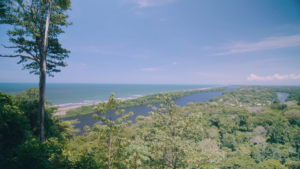
7 BARVA: neighbor of the Poas in the central valley, the Barva volcano, from its height of 2,900 meters offers a fantastic view. Unlike the Poas or the Irazu, you will have to walk to reach the crater, a few kilometers of trail in the middle of the tropical forest at altitude. Once at the viewpoint, you can admire the crater with its dark lake and slopes covered in lush vegetation, another characteristic that distinguishes it from its illustrious neighbors Poas and Irazu. Ideal for walkers who want to avoid crowded places
8 HULE LAGUNA: Just over an hour’s drive from Poas Volcano is Hule Lagoon, a lake formed by an ancient crater of the now extinct volcano. Part of a complex of 3 lagoons located in the nature reserve ‘Bosque Alegre’. The opportunity to take the trails and take a short walk through the forest of rubber trees to the lagoon where you can swim in its warm waters. Little more, the site is free! We advise you to take a break there on your way to the Barra or Tortuguero national parks on the Caribbean coast.
9 CERRO CHATO: Direct neighbor of the Arenal, the volcano ‘Cerro Chato’ is also in the Arenal Volcano National Park. Unlike its big brother, which is partly covered in ash, Cerro Chato is covered in tropical rainforest. The incredible richness of nature that thrives on the slopes of the volcano finds its best example in the famous La Fortuna waterfall, a waterfall of more than 70 meters forming a natural pool inviting for swimming. If you want to see the crater lake, be prepared for a rather demanding walk of about 3 hours
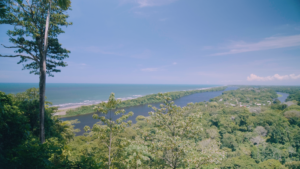
10 TURRIALBA: twin brother of the Irazu volcano due to its proximity, appearance and altitude (3,340 meters), the Turrialba volcano is however very different. First of all it is a very active volcano, with many eruptions in the last decades. In addition, access to it is complicated, both because of the state of the road and for the seven kilometers of high altitude walking that you have to cover to reach the summit. 3 hours of walking far from the tourist crowds which will allow you to admire the disturbing crater with often active fumaroles.
